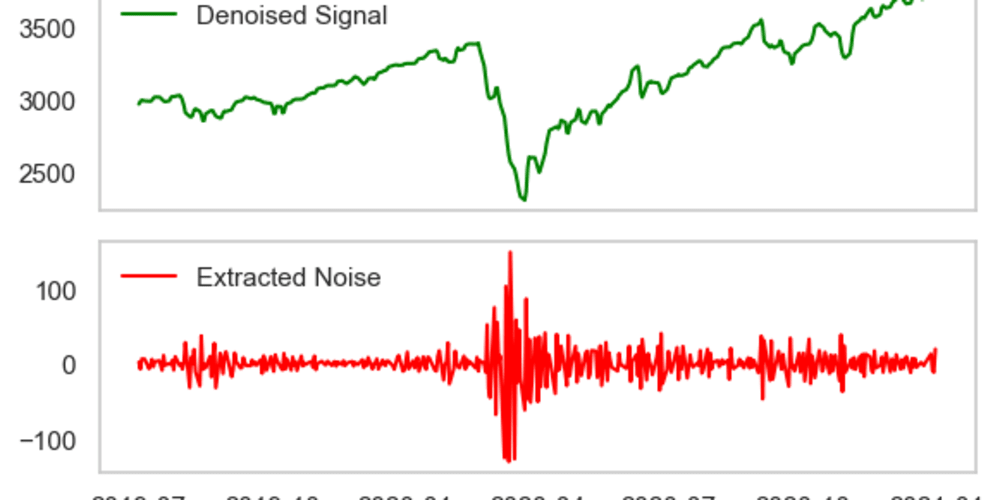This is the second part of the series of blog posts about creating a Web browser extension using WXT. In this part, we will try to read the OpenGraph tags of the Webpage that is rendered on the active tab.
Overview
In the previous post, we started working on a simple extension, ogpatrol, that reads the OpenGraph tags of the Webpage on the active tab and display them in the popup.
So far, the extension is able to load and process the content of the Webpage on the active tab. The next step is to extract the OpenGraph tags from the content of the Webpage.
OpenGraph Tags
A Webpage that supports OpenGraph protocol will have a set of meta tags in the <head> section of the HTML document. These tags provide information about the Webpage itself such as the title, description, and the image to be displayed when the Webpage is shared on social media.
The OpenGraph tags are <meta> tags with a property attribute prefixed with og::
-
og:title(required) - The title of the Webpage. -
og:type(required) - The type of the Webpage. -
og:image(required) - The URL of the image to be displayed when the Webpage is shared. -
og:url(required) - The URL of the Webpage. -
og:description- A brief description of the Webpage. -
og:site_name- The name of the site. -
og:locale- The locale of the Webpage. -
og:determiner- The word that appears before the title of the Webpage. -
og:audio- The URL of an audio file to be displayed with the Webpage. -
og:video- The URL of a video file to be displayed with the Webpage. - etc...
Implementation
So far, ogpatrol background script is able to load the content of the Webpage. The next step is to extract the OpenGraph tags from the content of the Webpage.
We can do it manually, or use a library to parse the HTML content and extract the OpenGraph tags. In this case, we will use open-graph-scraper-lite library just because I am too lazy to do it manually.
This library is a lightweight version of the original open-graph-scraper which is a Node.js library and probably will not work in the browser environment.
First, we need to install the library:
npm install open-graph-scraper-lite
Then, we can use the library to extract the OpenGraph tags from the content of the Webpage. Here is the diff of the background.js file:
diff --git a/entrypoints/background.ts b/entrypoints/background.ts
index 856e65c..bc8edf9 100644
--- a/entrypoints/background.ts
+++ b/entrypoints/background.ts
@@ -1,3 +1,5 @@
+import ogs from "open-graph-scraper-lite";
+
export default defineBackground(() => {
browser.tabs.onActivated.addListener(({ tabId }) => {
process(tabId);
@@ -33,12 +35,26 @@ async function process(tabId: number) {
// Cool, we have a nice tab!
console.log("Tab activated:", url, hostname);
+ // Get the HTML content:
const [{ result }] = await browser.scripting.executeScript({
target: { tabId },
func: () => {
- return document.documentElement.outerHTML;
+ return document.head.innerHTML;
},
});
- console.log(result);
+ // Attempt to parse the OpenGraph data:
+ ogs({ html: result })
+ .then(({ error, result }) => {
+ if (error) {
+ console.error("Error while trying to extract OpenGraph data.");
+ return;
+ }
+
+ // We should have the OpenGraph data now:
+ console.log("OpenGraph data is extracted successfully.", result);
+ })
+ .catch((error) => {
+ console.error("Error while trying to extract OpenGraph data.", error);
+ });
}
As you see, the change is quite simple:
- We import the
open-graph-scraper-litelibrary. - We extract the content of the
<head>section of the HTML document instead of using the entire document. - We use the
ogsfunction to parse the OpenGraph tags from the content of the Webpage.
For now, we just log the extracted OpenGraph data to the console.
Wrap Up
There are quite a few OpenGraph parser/extractor libraries available. I chose open-graph-scraper-lite because it is lightweight, easy to use and developed by the same authors of the original open-graph-scraper library. It fits our use case quite well here.
Now that we have access to the OpenGraph data of the Webpage, we can store it in the storage and offer users a rudimentary glimpse of it in the popup. This is going to be the next step that we will cover in the next post.


















